Whether you need to send money for personal reasons, business transactions, or other purposes, it’s crucial to understand the available options and the entire process involved clearly.
This guide will explore ways to transfer money from the U.S. to Canada, from traditional bank transfers to convenient online money transfer services and other popular options that you can consider.
We’ll walk you through the steps involved in each method and provide an overview of important factors you should keep in mind while choosing the right approach for your specific needs.
After all, we want to ensure you have a smooth and secure experience when transferring money across borders.
By the end of this guide, you’ll feel confident in making informed decisions about your money transfers. Let’s get started, shall we?
How Do I Send Money From the U.S To Canada?
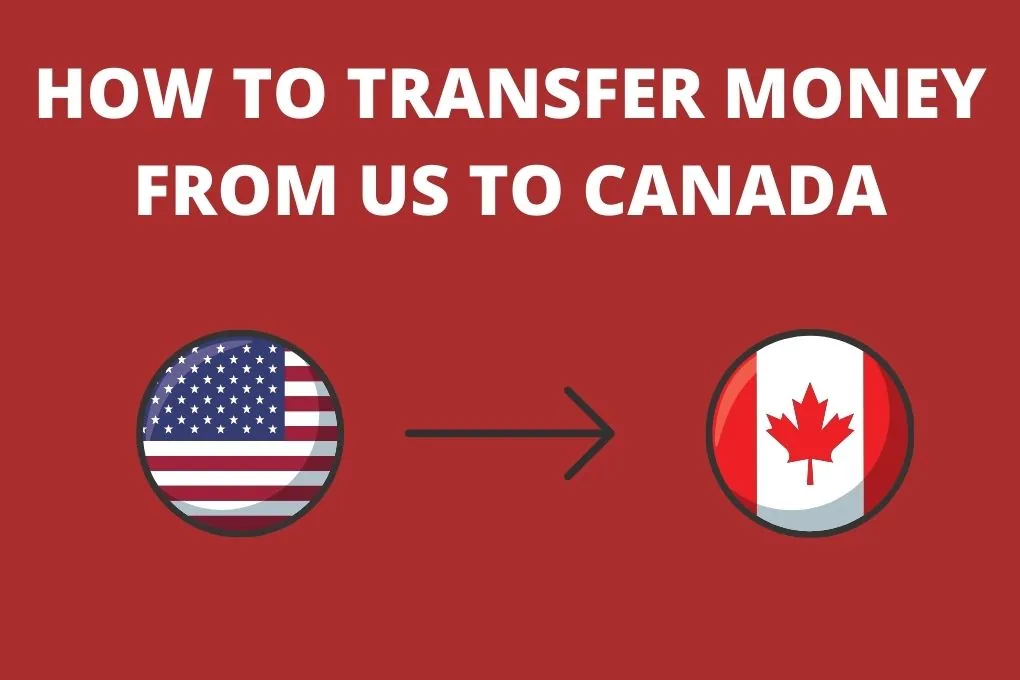
Transferring money from the United States to Canada can be done through various methods, offering convenience and flexibility.
Here are a few common ways to transfer money between these two countries:
1. Bank Wire Transfer
This is a reliable and secure method to transfer funds internationally.
Contact your bank in the U.S. and provide them with the necessary details, such as the recipient’s name, address, bank account number, and the Canadian bank’s SWIFT code.
The process usually incurs fees, so it’s advisable to inquire about the costs beforehand.
2. Online Money Transfer Services
Several online platforms, such as PayPal, TransferWise (now Wise), and Xoom, specialize in international money transfers.
These services allow you to send money to a recipient’s bank account in Canada using their email address or bank details.
You’ll need to create an account, link your U.S. bank account or credit card, and follow the instructions to complete the transfer.
3. Western Union or MoneyGram
These companies offer cash transfer services that enable you to send money to Canada.
Visit a local Western Union or MoneyGram branch, provide the necessary details of the recipient, and pay the transfer amount in cash.
The recipient can collect the funds from a designated location in Canada.
4. International Money Orders
This method involves purchasing an international money order from your bank or post office.
Please fill out the money order with the recipient’s information and send it to them via mail.
Once received, the recipient can deposit the money order into their Canadian bank account.
5. Cryptocurrency Transfers
If you and the recipient are familiar with cryptocurrencies, use platforms like Coinbase or Kraken to transfer funds.
Convert your U.S. dollars to a popular cryptocurrency like Bitcoin or Ethereum, and then send it to the recipient’s digital wallet in Canada.
They can convert the cryptocurrency back into Canadian dollars as needed.
It is important to ensure you have accurate and up-to-date information about the recipient’s bank details, including the bank’s name, address, account number, and routing number (for wire transfers), before proceeding with any of the ways mentioned above.
Additionally, consider any associated fees, exchange rates, and transfer limits to make an informed decision.
Also see: How to Transfer Money From India to Canada
What are the Best Ways To Send Money From the U.S. to Canada?
Several methods are regarded as efficient and reliable when sending money from the U.S. to Canada.
Here are some of the best ways to send money between these two countries:
1. TransferWise (Wise)

TransferWise is a popular online money transfer service known for its competitive exchange rates and low fees.
It allows you to send money directly to a recipient’s Canadian bank account using the mid-market exchange rate.
TransferWise provides transparency by showing the fees upfront, ensuring you know the exact amount the recipient will receive.
2. PayPal

PayPal is a widely used digital payment platform that offers a convenient way to send money internationally.
You can link your U.S. bank account or credit card to your PayPal account and send funds to the recipient’s PayPal account in Canada.
However, consider the exchange rate and fees associated with PayPal transactions.
3. Xoom
Xoom, a subsidiary of PayPal, specializes in international money transfers.
It allows you to send money to a recipient’s Canadian bank account quickly and securely.
Xoom provides competitive exchange rates and offers options for bank transfers and cash pickups at select locations in Canada.
4. Western Union

Western Union is a well-established company offering various methods to send money to Canada.
You can transfer funds online, through their mobile app, or by visiting a physical Western Union agent location.
The recipient can receive the money directly into their Canadian bank account or collect it as cash from designated locations.
5. Bank Wire Transfer

Sending a bank wire transfer is reliable, although it often incurs higher fees than other methods.
Contact your bank in the U.S. to initiate the transfer, providing the necessary recipient details and the Canadian bank’s SWIFT code.
Remember that banks may also charge a receiving fee on the Canadian side.
Before choosing a method, consider exchange rates, fees, transfer speed, and convenience.
Compare the rates and fees across different providers to find the most cost-effective option for your transfer needs.
Staying informed about any regulations or requirements related to international money transfers between the U.S. and Canada would be another important factor to consider.
Also see: How to Transfer Money From Canada to the US
Can You Do Bank Transfer From the U.S To Canada?
You can transfer money from the U.S. to a Canadian bank account using a bank wire transfer.
Bank wire transfers are a common and secure method for sending funds internationally.
To initiate a bank wire transfer from the U.S. to Canada, you will need the following information:
1. Recipient’s name
The full name of the person or business receiving the funds in Canada.
2. Recipient’s bank account number
The recipient’s bank account number in Canada.
3. Recipient’s bank transit number
The transit number, also known as the routing number, is a nine-digit code that identifies the recipient’s bank branch in Canada.
The recipient can provide you with this information, or you can find it on their bank’s website or by contacting their bank directly.
4. Recipient’s bank’s SWIFT code
The SWIFT (Society for Worldwide Interbank Financial Telecommunication) code is a unique identification code for banks worldwide.
It is used to identify the recipient’s bank in Canada. You will need to obtain this code from the recipient or their bank.
Once you have gathered the necessary information, you can visit your U.S. bank or contact them by phone to initiate the wire transfer.
They will guide you through the process, including providing any required forms or paperwork.
Be prepared to provide your bank account details and information about the amount you wish to transfer and the purpose of the transfer.
It’s important to note that bank wire transfers typically involve fees, varying depending on your bank and the specific transfer details.
Additionally, exchange rates may apply when converting U.S. dollars to Canadian dollars during the transfer.
Bank wire transfers offer a secure and reliable way to transfer money from the U.S. to Canada,
Can E-transfers Be Sent From the U.S To Canada?
E-transfers, also known as Interac e-Transfers, can be sent from somewhere other than the U.S. to Canada.
Interac e-Transfers are a popular method of transferring funds within Canada, allowing individuals to send money electronically from their Canadian bank accounts to other Canadian bank accounts.
However, if you have a U.S. bank account and want to send money to a recipient in Canada, you cannot use Interac e-Transfer for this purpose.
Interac e-Transfers are limited to transactions within the Canadian banking system.
Instead, you can explore alternative methods such as bank wire transfers, online money transfer services like TransferWise or PayPal, or international payment services like Xoom or Western Union to send money from the U.S. to Canada.
These methods provide options for transferring funds across borders and accommodating international transactions.
Can Zelle Send Money From the U.S To Canada?
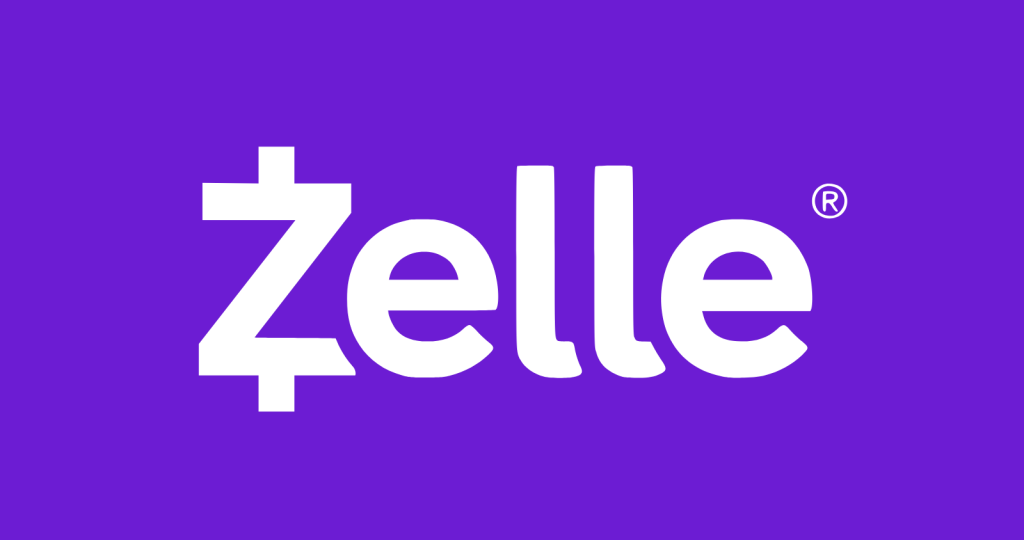
Like E-Transfers, Zelle cannot send money from the U.S. to Canada.
Zelle is a person-to-person payment service widely used within the United States, allowing users to send money quickly and securely to other individuals with U.S. bank accounts.
Zelle transactions are limited to the U.S. domestic banking system and are not designed for international transfers.
Therefore, you cannot use Zelle to send money directly from the U.S. to a recipient in Canada.
Can You PayPal From the U.S.? To Canada?
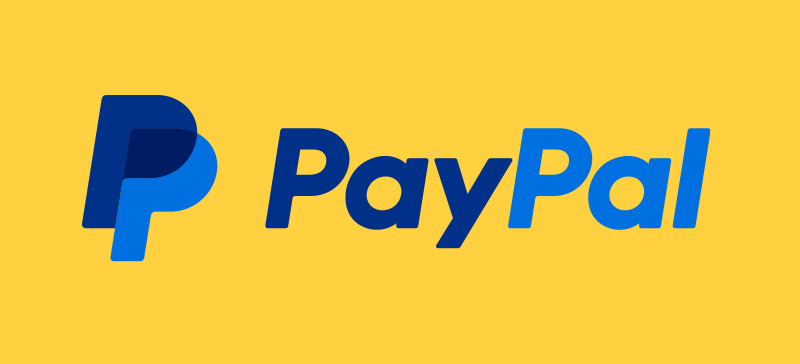
You can use PayPal to send money from the U.S. to Canada.
PayPal is a widely used digital payment platform that supports international money transfers, including transactions between the U.S. and Canada.
To send money from the U.S. to Canada using PayPal, you need to follow these steps:
1. Create a PayPal account
If you don’t have a PayPal account, you must sign up for one. Visit the PayPal website or download the PayPal mobile app and complete the registration process.
2. Link your U.S. bank account or credit card
To fund your PayPal transactions, you’ll need to link your U.S. bank account or credit card to your PayPal account.
This allows PayPal to withdraw funds from your linked account when you initiate a transfer.
3. Add the recipient’s PayPal account or email address
Obtain the recipient’s PayPal account email address.
If they don’t have a PayPal account, they can sign up for one using the email address you provide.
Alternatively, ask them to share their PayPal.me link, a unique URL associated with their account.
4. Initiate the transfer
Log in to your PayPal account, navigate to the “Send & Request” section, and select the option to send money.
Please enter the recipient’s PayPal account email address or PayPal.me link, specify the transfer amount in U.S. dollars, and follow the prompts to complete the transfer.
5. Currency conversion
PayPal will automatically convert U.S. dollars into Canadian dollars based on the prevailing exchange rate at the transfer time.
PayPal applies a currency conversion fee for such transactions, so be aware of the applicable charges.
6. Confirmation and notification
Once the transfer is completed, you and the recipient will receive confirmation and notification emails from PayPal.
It’s important to note that PayPal charges fees for international transfers, including currency conversion fees.
These fees can vary, so it’s recommended to review PayPal’s fee structure and exchange rates before initiating the transfer.
By using PayPal, you can conveniently and securely send money from the U.S. to Canada, allowing the recipient to receive and manage funds through their PayPal account.
Also see: Large Money Transfer Into Canada: Tax Guidelines, Regulations
3 Cash App Alternatives in Canada
Cash App has yet to make any active plans to expand to Canada.
While that’s unfortunate, several alternatives to Cash App are available to Canadians.
1. Interac e-transfer
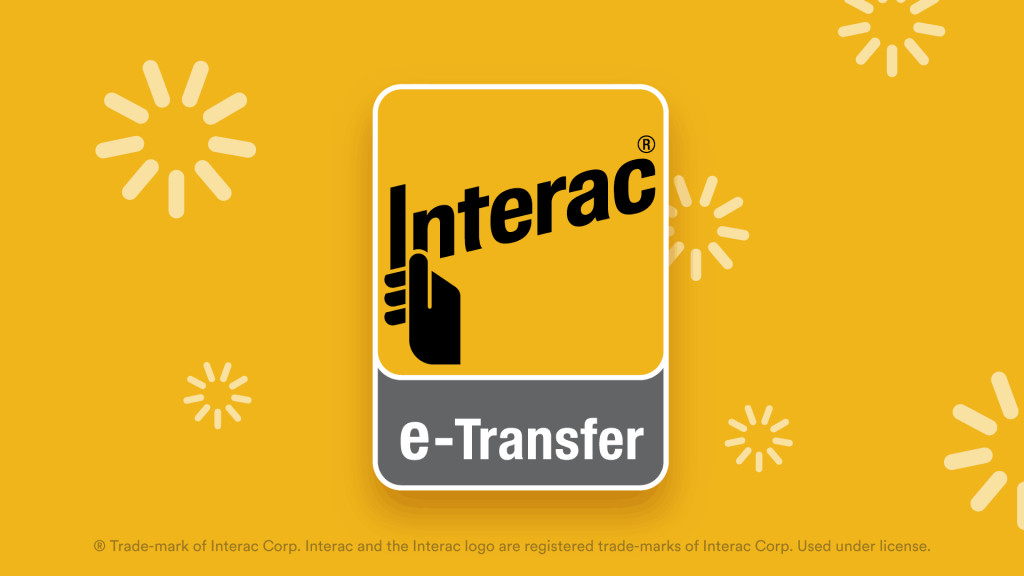
Interac e-Transfer is a popular and widely used payment service in Canada that allows individuals to send and receive money electronically.
It provides a convenient and secure way to transfer funds between Canadian bank accounts.
Here’s how Interac e-Transfer works:
i. Enrollment
To use Interac e-Transfer, you must have online banking access with a participating Canadian financial institution.
Ensure you have enrolled in online banking and have a valid email address or mobile phone number registered with your bank.
ii. Initiate the Transfer
Log in to your online banking account and navigate the Interac e-Transfer section.
Choose the option to send money and enter the recipient’s email address or mobile phone number. You will also specify the transfer amount and include an optional message.
iii. Security Question and Answer
You will be prompted to create a security question and answer for the recipient to answer before they can access the funds.
Ensure that the question and answer are known only to you and the recipient.
iv. Confirm and Send
Review the transaction details to ensure accuracy, including the recipient’s information and transfer amount.
Once you are satisfied, confirm the transfer and submit the transaction.
v. Notification to Recipient
The recipient will receive a notification by email or text indicating that you have sent them money through Interac e-Transfer.
They will be prompted to accept the transfer and answer the security question correctly.
vi. Deposit the Funds
The recipient will follow the instructions in the notification to deposit the funds into their Canadian bank account.
This usually involves selecting their financial institution and entering the answer to the security question.
vii. Confirmation
Once the recipient successfully deposits the funds, you will receive a notification confirming the transfer is complete.
It’s important to note that fees may apply for Interac e-Transfers, depending on your bank and account type.
Also, note that there are usually limits on the transfer amount and the number of transfers you can make within a certain period.
Interac e-Transfer is a convenient and widely accepted payment method in Canada, used for various purposes such as repaying friends, splitting bills, and making online purchases.
2. Wise
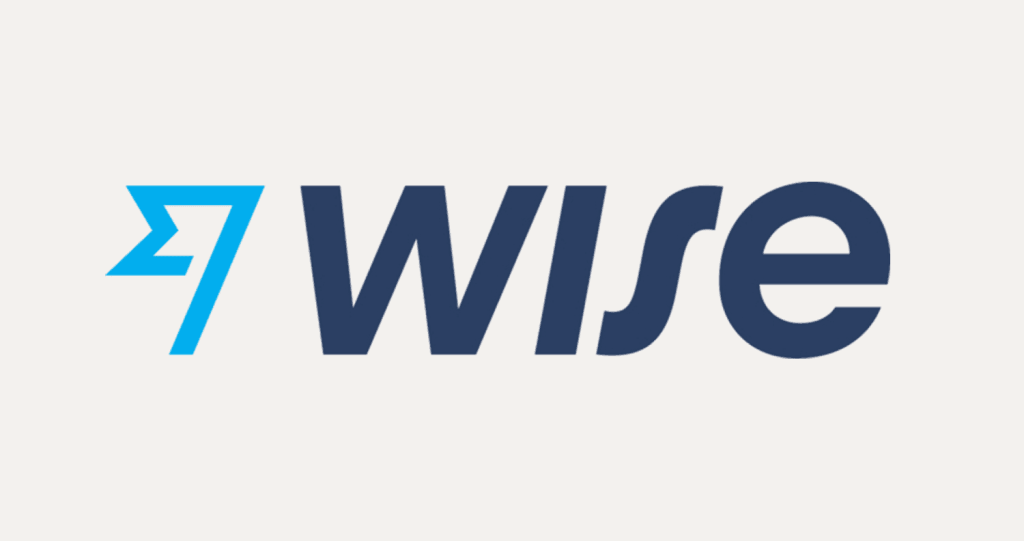
Wise, formerly TransferWise, is a reputable online money transfer service enabling individuals and businesses to send and receive money internationally.
It offers competitive exchange rates and transparent fees, making it an attractive option for international transfers, including those involving Canada.
Here’s an overview of how Wise works:
i. Sign up
Create a Wise account by visiting their website or using their mobile app. Provide the necessary information, including your details and email address.
ii. Select currencies
Specify the currencies you want to send and receive.
For example, if you are in the U.S. and want to send money to Canada, you would select USD (U.S. dollars) as the sending currency and CAD (Canadian dollars) as the receiving currency.
iii. Enter transfer details
Enter the transfer amount and provide the recipient’s information, such as their name, email address, and Canadian bank account details.
iv. Review fees and rates
Wise provides a transparent breakdown of fees and exchange rates upfront, showing the exact amount the recipient will receive.
v. Fund your transfer
Link your U.S. bank account or credit card to your Wise account to fund the transfer. Wise will provide you with the necessary details to make the payment.
Also see: International Money Transfer to and from Canada
vi. Transfer processing
Wise will convert your funds from USD to CAD using the mid-market exchange rate, which is typically more favorable than traditional banks.
The converted funds will then be sent to the recipient’s Canadian bank account.
vii. Notification and tracking
You and the recipient will receive notifications and updates regarding the transfer’s progress.
Wise also provides a tracking feature, allowing you to monitor the transfer status.
viii. Funds received by the recipient
Once the transfer is complete, the recipient will receive the funds in their Canadian bank account.
The amount received will depend on the exchange rate and any applicable fees.
Wise is known for its transparency, speed, and cost-effective international transfers.
It bypasses traditional banking networks, utilizing a peer-to-peer model to facilitate transfers and minimize fees.
Wise also provides additional services, such as multi-currency accounts and a debit card, which can benefit individuals and businesses with international payment needs.
3. WealthSimple Cash App

Wealthsimple Cash is a mobile banking app offered by Wealthsimple, a Canadian financial technology company.
It aims to provide a seamless and convenient banking experience, combining standard banking features with investment options.
Here are some key features of Wealthsimple Cash:
1. No-fee Spending Account
Wealthsimple Cash offers a spending account with no monthly fees or minimum balance requirements.
Users can deposit money into their accounts and make payments or withdrawals using the Wealthsimple Cash Visa Card linked to the account.
2. Peer-to-Peer Payments
The app allows users to send and receive money instantly to and from other Wealthsimple Cash users through its peer-to-peer payment feature.
This makes splitting bills, paying friends, or requesting money easy.
3. Direct Deposits and Bill Payments
Users can set up direct deposits to their Wealthsimple Cash account, making it convenient for receiving salary or government payments.
The app also supports bill payments, allowing users to pay their bills directly from their Wealthsimple Cash account.
4. Savings Goals
Wealthsimple Cash provides a “Goals” feature that allows users to set savings targets and track their progress.
Users can allocate funds towards specific goals and monitor the growth of their savings.
5. Investment Integration
Wealthsimple Cash is integrated with Wealthsimple Invest, Wealthsimple’s investment platform.
Users can seamlessly transfer funds between their Wealthsimple Cash and Wealthsimple Invest accounts to manage their investments alongside their everyday banking activities.
It’s important to note that Wealthsimple Cash is available only to Canadian residents.
Users can sign up for an account through the Wealthsimple website or the mobile app, complete the required verification process, and start using the features offered by Wealthsimple Cash.
Wealthsimple Cash aims to provide a comprehensive banking experience focusing on simplicity and accessibility, making it a popular choice for Canadians looking for a combined banking and investment solution.
Does Canada Use Venmo?

No, Venmo is not available in Canada. Venmo is primarily a U.S.-based peer-to-peer payment service owned by PayPal.
While Venmo is widely used and popular in the United States, it has yet to expand its services to include Canada or other international markets.
6 Popular Money Transfer Apps That Works In Canada
In Canada, there are several money transfer apps that you can use to send and receive money conveniently. Here are six popular options:
1. Interac e-Transfer

Interac e-Transfer is a widely used and trusted payment service in Canada.
It allows individuals to send money securely from their Canadian bank accounts to recipients within Canada using their email addresses or mobile phone numbers.
Most major Canadian banks offer Interac e-Transfer services through their mobile banking apps.
2. PayPal

PayPal is a well-known digital payment platform that operates in Canada.
It enables users to send and receive money domestically and internationally.
With PayPal, you can link your Canadian bank account or credit card to your account and make payments or transfer funds to other PayPal users.
3. Wise (formerly TransferWise)

Wise is an online money transfer service that provides competitive exchange rates and low fees for international transfers, including those involving Canada.
It allows you to send money from your bank account in one currency and have it converted and delivered in another.
Wise is known for its transparency and cost-effectiveness.
Also see: Is a Gift of Money Taxable in Canada?
4. Paytm Canada

Paytm Canada is a popular mobile payment app that offers various features, including money transfers, bill payments, and mobile recharges.
It lets users send money to other Paytm users or their bank accounts.
5. Google Pay

Google Pay is a mobile payment and money transfer app available in Canada.
It allows users to send money to others with a Google Pay account or directly to their bank accounts using their email addresses or phone numbers.
6. Zelle

Zelle is a person-to-person payment service widely used in the United States.
However, some Canadian banks have started offering access to Zelle within their banking apps, allowing their customers to send and receive money with U.S.-based users.
Important Factors To Consider When Choosing The Most Suitable Method For Transferring Money From The U.S To Canada
When choosing the most suitable method for sending money from the U.S. to Canada, several important factors must be considered.
These factors will help you make an informed decision and ensure your money transfer meets your needs. Here are some key considerations:
1. Exchange Rates
Compare the exchange rates offered by different transfer methods. Look for options that provide competitive rates, as a better exchange rate means more money for the recipient in Canada.
2. Fees and Costs
Consider the fees associated with each transfer method.
Different providers may have varying fee structures, including flat fees or a percentage of the transfer amount.
Consider upfront fees and hidden costs to choose the most cost-effective option.
3. Speed and Convenience
Evaluate the speed of the transfer. Some methods offer near-instant transfers, while others may take a few business days.
Consider the urgency of your transfer and choose a method that aligns with your timeline.
4. Transfer Limits
Check if there are any limits on the amount you can transfer.
Some methods may impose minimum or maximum limits, impacting your ability to send the desired sum.
Security and Trustworthiness:
Ensure that the transfer method you choose is secure and trustworthy.
Find reputable providers with robust security measures to protect your funds and personal information.
5. Accessibility
Consider the accessibility of the transfer method. Can it be easily accessed through a website, mobile app, or local branches?
Choose a method that is convenient for you and your recipient.
6. Customer Support
Evaluate the customer support provided by the transfer method.
In case of any issues or inquiries, it’s important to have reliable customer support available to assist you.
7. Regulatory Compliance:
Ensure the transfer method complies with relevant international money transfer laws and regulations. Compliance with rules helps protect both you and your recipient.
By carefully considering these factors, you can select the most suitable method for sending money from the U.S. to Canada.
It’s important to weigh the pros and cons of each option based on your specific requirements and preferences.
Also see: Opening a Student Bank Account in Canada: Step-by-Step Guide
Conclusion
Whether you’re sending funds for personal reasons, conducting business transactions, or supporting loved ones in Canada, don’t settle for less.
Discover everything the world of money transfer offers and embark on a journey of seamless transactions.
With the right knowledge and tools, you can confidently navigate the process, making your money move effortlessly across borders. Embrace the possibilities, seize the opportunities, and unlock a world of seamless financial connectivity.
Armed with the knowledge of everything you need to know in this article, take charge of your international transfers and experience the power of seamless cross-border transactions.
Hope this article was helpful. Leave a comment for us below.

